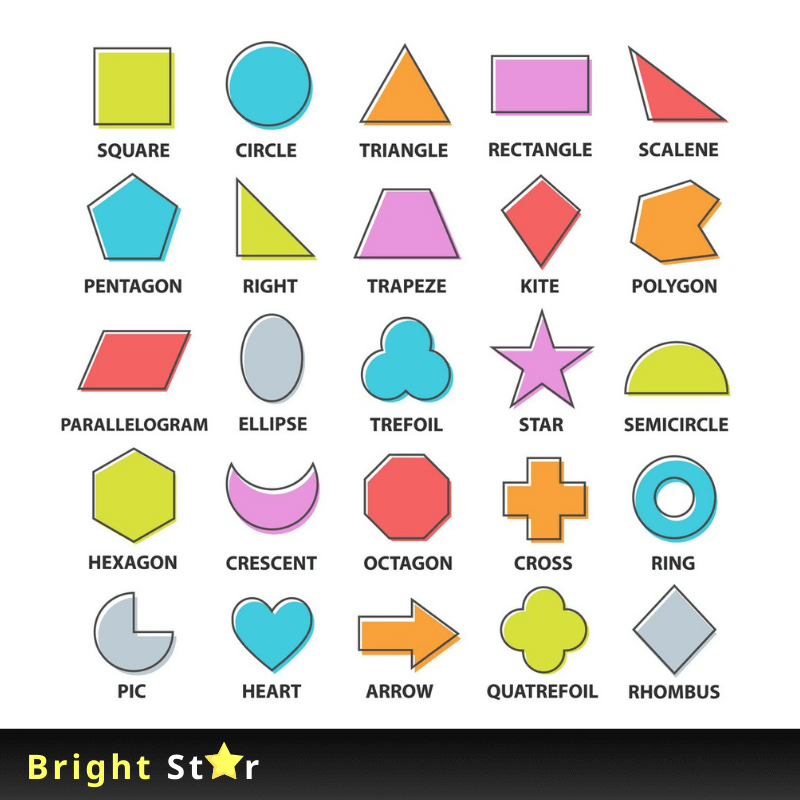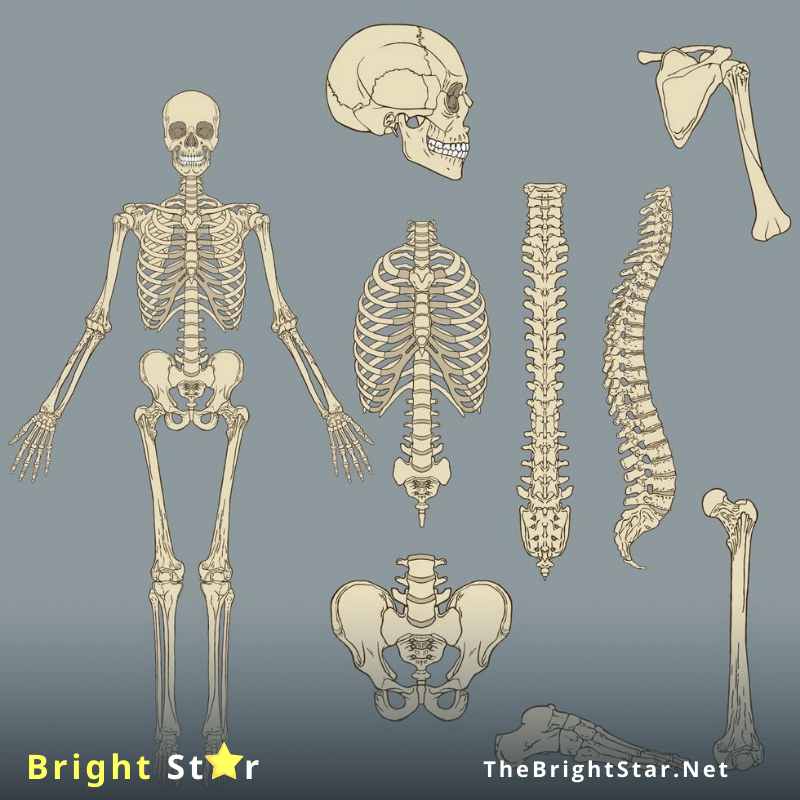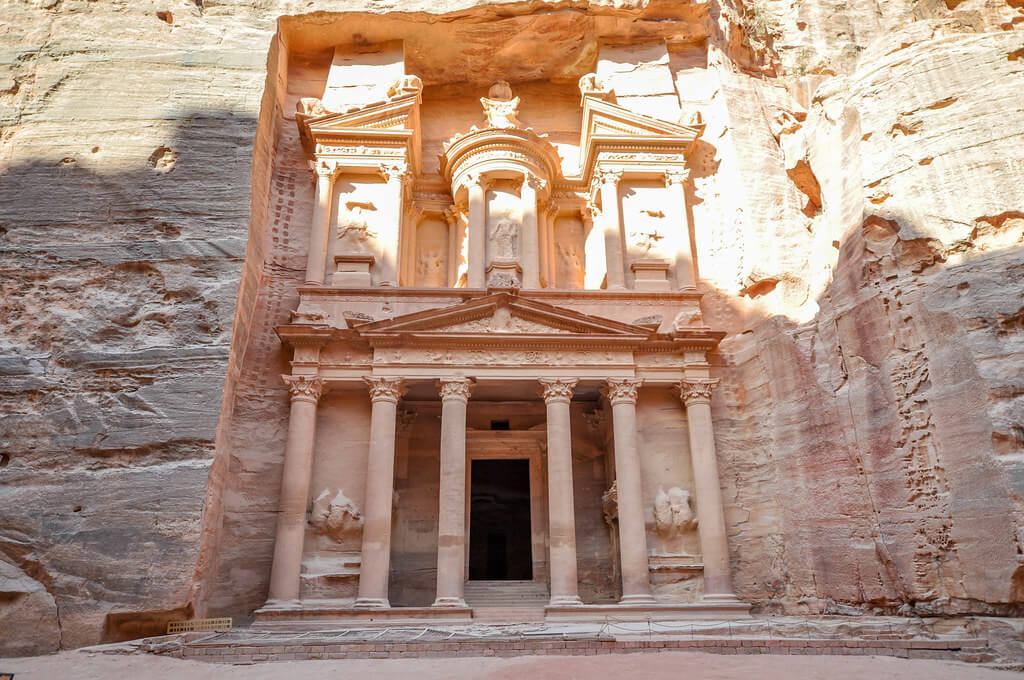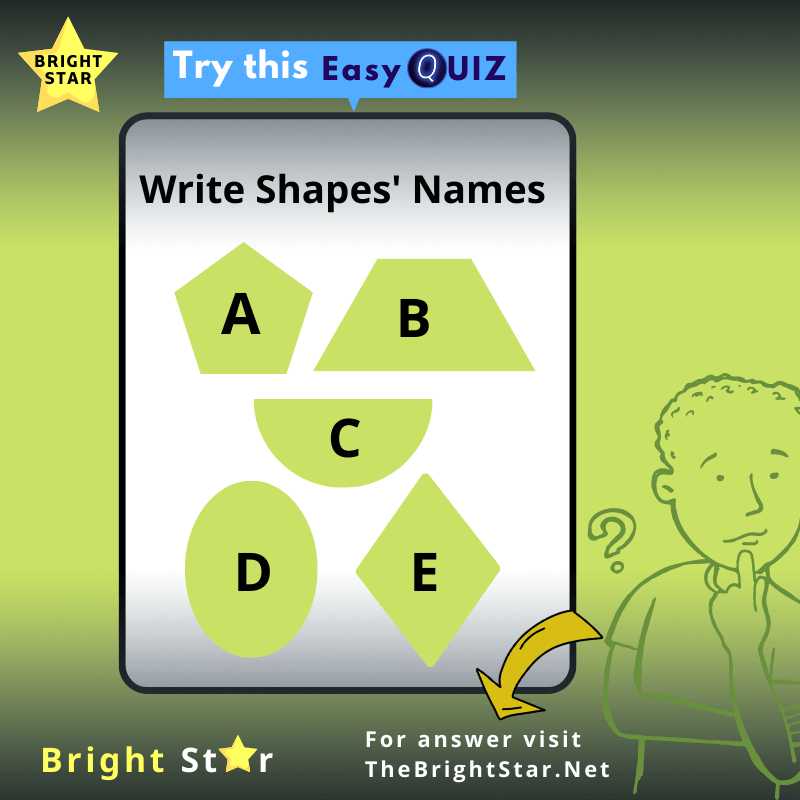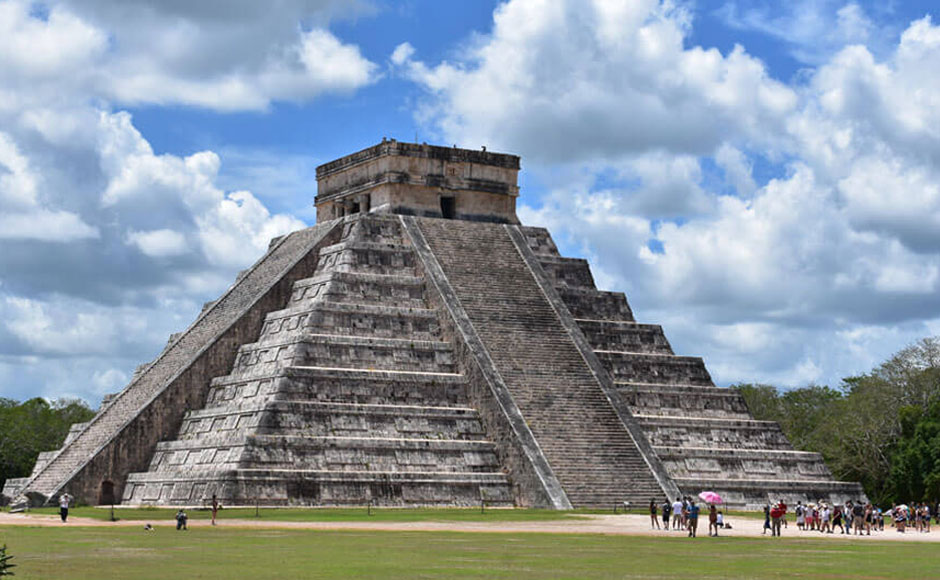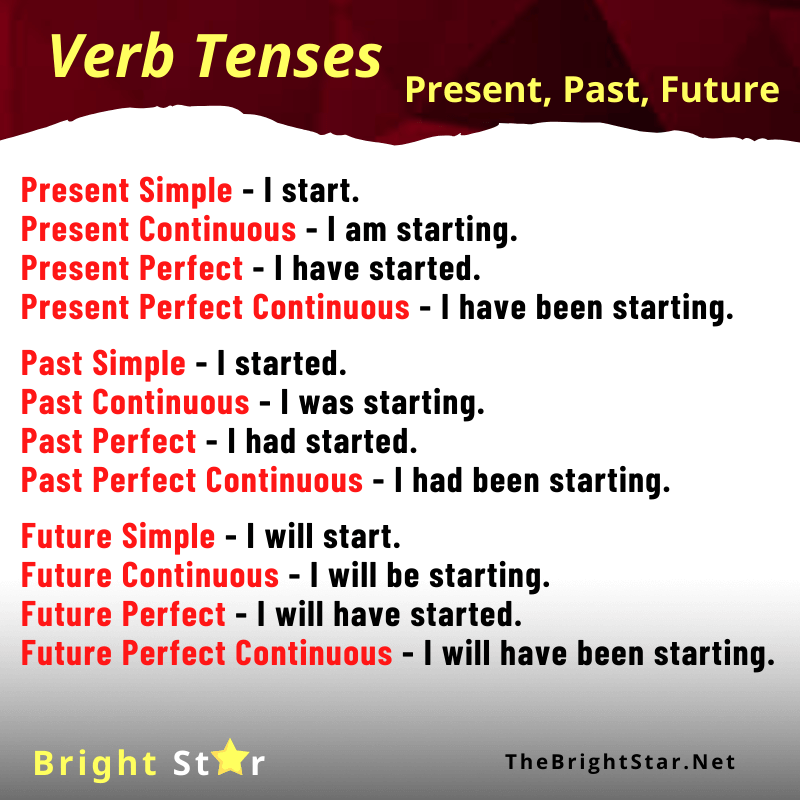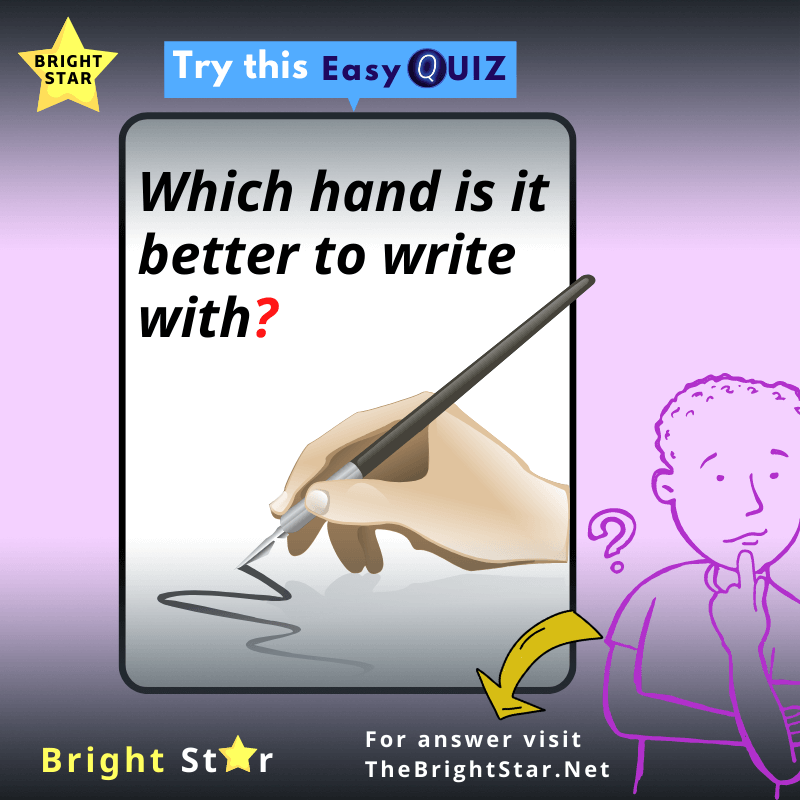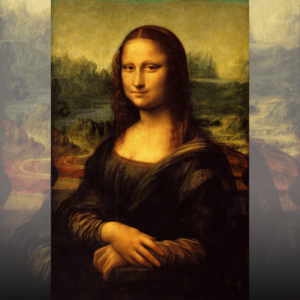Basic Shapes and their Meanings
Square: In geometry, a square is a regular quadrilateral, which means that it has four equal sides and four equal angles (90-degree angles, or 100-gradian angles or right angles). It can also be defined as a rectangle in which two adjacent sides have equal length.
Circle: A circle is a shape consisting of all points in a plane that are at a given distance from a given point, the centre; equivalently it is the curve traced out by a point that moves in a plane so that its distance from a given point is constant.
Triangle: A triangle is a polygon with three edges and three vertices. It is one of the basic shapes in geometry. A triangle with vertices A, B, and C is denoted. In Euclidean geometry, any three points, when non-collinear, determine a unique triangle and simultaneously, a unique plane (i.e. a two-dimensional Euclidean space)
Rectangle: In Euclidean plane geometry, a rectangle is a quadrilateral with four right angles. It can also be defined as an equiangular quadrilateral, since equiangular means that all of its angles are equal (360°/4 = 90°); or a parallelogram containing a right angle. A rectangle with four sides of equal length is a square.
Scalene Triangle: A scalene triangle is a triangle in which all three sides have different lengths. Also, the angles of a scalene triangle have different measures. Some right triangles can be a scalene triangle when the other two angles or the legs are not congruent.
Pentagon: In geometry, a pentagon is any five-sided polygon or 5-gon. The sum of the internal angles in a simple pentagon is 540°. A pentagon may be simple or self-intersecting.
Right Angle Triangle: A right-angled triangle is a type of triangle that has one of its angles equal to 90 degrees. The other two angles sum up to 90 degrees. The sides that include the right angle are perpendicular and the base of the triangle. The third side is called the hypotenuse, which is the longest side of all three sides
Trapeze: A trapezoid is a quadrilateral with at least one pair of parallel sides. No other features matter. (In English-speaking countries outside of North America, the equivalent term is a trapezium.) The parallel sides may be vertical, horizontal, or slanting.
Kite: In Euclidean geometry, a kite is a quadrilateral whose four sides can be grouped into two pairs of equal-length sides that are adjacent to each other. … In contrast, a parallelogram also has two pairs of equal-length sides, but they are opposite to each other instead of being adjacent.
Polygon: A polygon is a flat, two-dimensional (2D) shape with straight sides that is fully closed (all the sides are joined up). The sides must be straight. Polygons may have any number of sides. A polygon. A shape with curved sides is not a polygon.
Parallelogram: In Euclidean geometry, a parallelogram is a simple (non-self-intersecting) quadrilateral with two pairs of parallel sides. The opposite or facing sides of a parallelogram are of equal length and the opposite angles of a parallelogram are of equal measure.
Ellipse: An ellipse is a circle that has been stretched in one direction, to give it the shape of an oval. But not every oval is an ellipse, as shown in Figure 1, below. Note that a typical point of the red circle is shown, as well as the corresponding point of the blue ellipse.
Trefoil: A trefoil is a graphic form composed of the outline of three overlapping rings, used in architecture and Christian symbolism, among other areas.
Star: in geometry, a star polygon is a type of non-convex polygon. Regular star polygons have been studied in depth; while star polygons, in general, appear not to have been formally defined, however, certain notable ones can arise through truncation operations on regular simple and star polygons.
Semicircle: In mathematics (and more specifically geometry), a semicircle is a one-dimensional locus of points that forms half of a circle. The full arc of a semicircle always measures 180° (equivalently, π radians, or a half-turn). It has only one line of symmetry.
Hexagon: In geometry, a hexagon is a six-sided polygon or 6-gon. The total of the internal angles of any simple (non-self-intersecting) hexagon is 720°.
Crescent: A crescent is a thin, curved shape that’s thicker in the middle and tapers to thin points at each end, like the little sliver of the moon you might notice in the sky. … Crescent can also act as an adjective describing something that has that shape, like a crescent moon or a crescent roll.
Octagon: Octagon is a polygon in geometry, which has 8 sides and 8 angles. That means the number of vertices is 8 and the number of edges is 8. All the sides are joined with each other end-to-end to form a shape. These sides are in a straight line form; they are not curved or disjoint with each other.
Cross: A cross is a geometrical figure consisting of two intersecting lines or bars, usually perpendicular to each other. The lines usually run vertically and horizontally. (A cross of oblique lines, in the shape of the Latin letter X, is also termed a saltire in heraldic terminology.)
Ring: Ring-shaped – shaped like a ring. annular, annulate, annulated, circinate, doughnut-shaped, ringed. rounded – curving and somewhat round in shape rather than jagged.
Heart: Heart-shaped like the conventional representation of a heart, with two equal curves meeting at a point at the bottom and a cusp at the top.
Arrow: Arrow-shaped – (of a leaf shape) like an arrowhead without flaring base lobes. sagittate, sagittiform. unsubdivided, simple – (botany) of leaf shapes; of leaves having no divisions or subdivisions.
Quatrefoil: A quatrefoil (anciently caterfoil) is a decorative element consisting of a symmetrical shape that forms the overall outline of four partially overlapping circles of the same diameter. It is found in art, architecture, heraldry and traditional Christian symbolism.
Rhombus: The rhombus is often called a diamond. In plane Euclidean geometry, a rhombus (plural rhombi or rhombuses) is a quadrilateral whose four sides all have the same length. Another name is equilateral quadrilateral, since equilateral means that all of its sides are equal in length.
More – Did You Know ?
More from Bright Star

